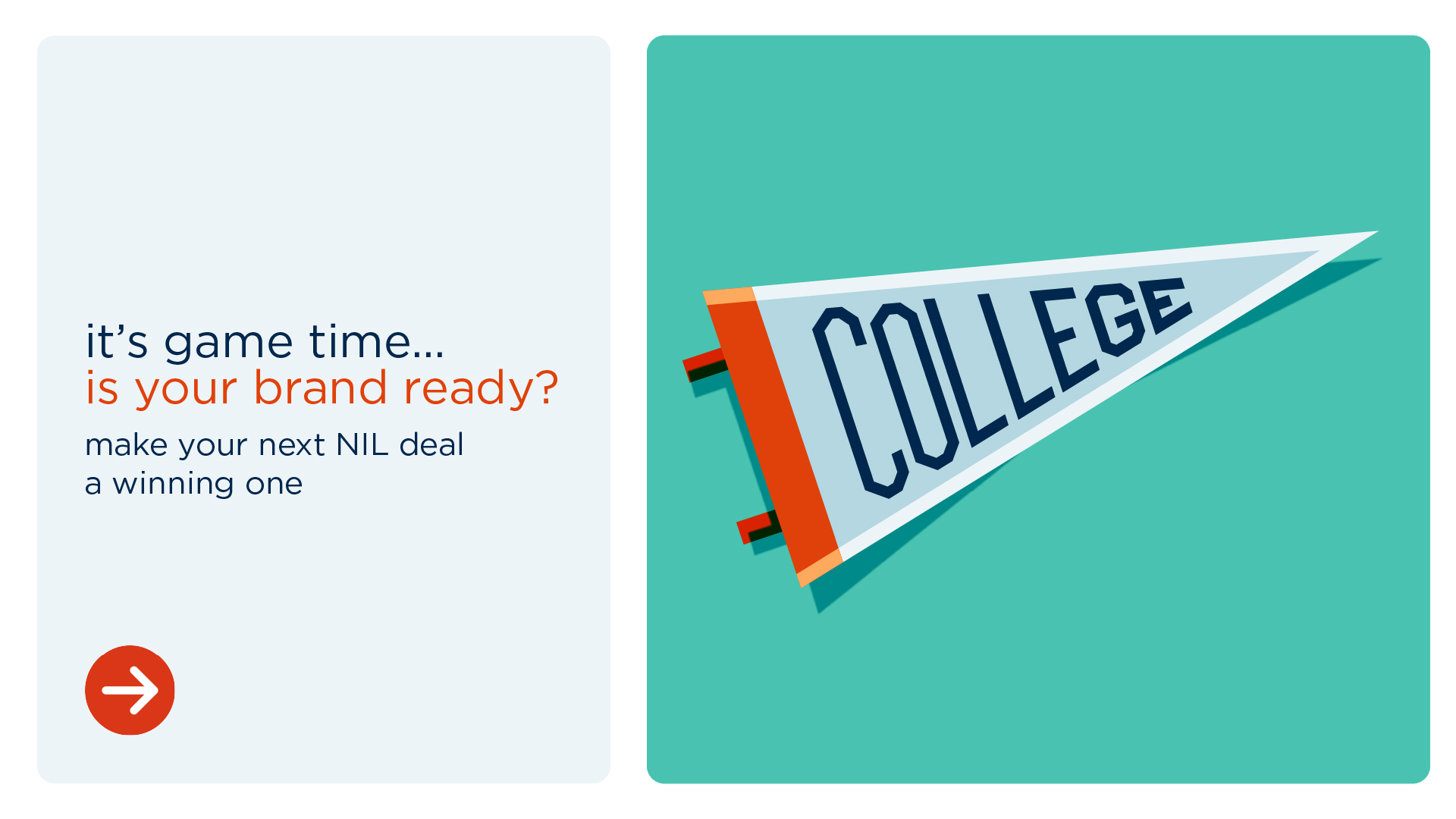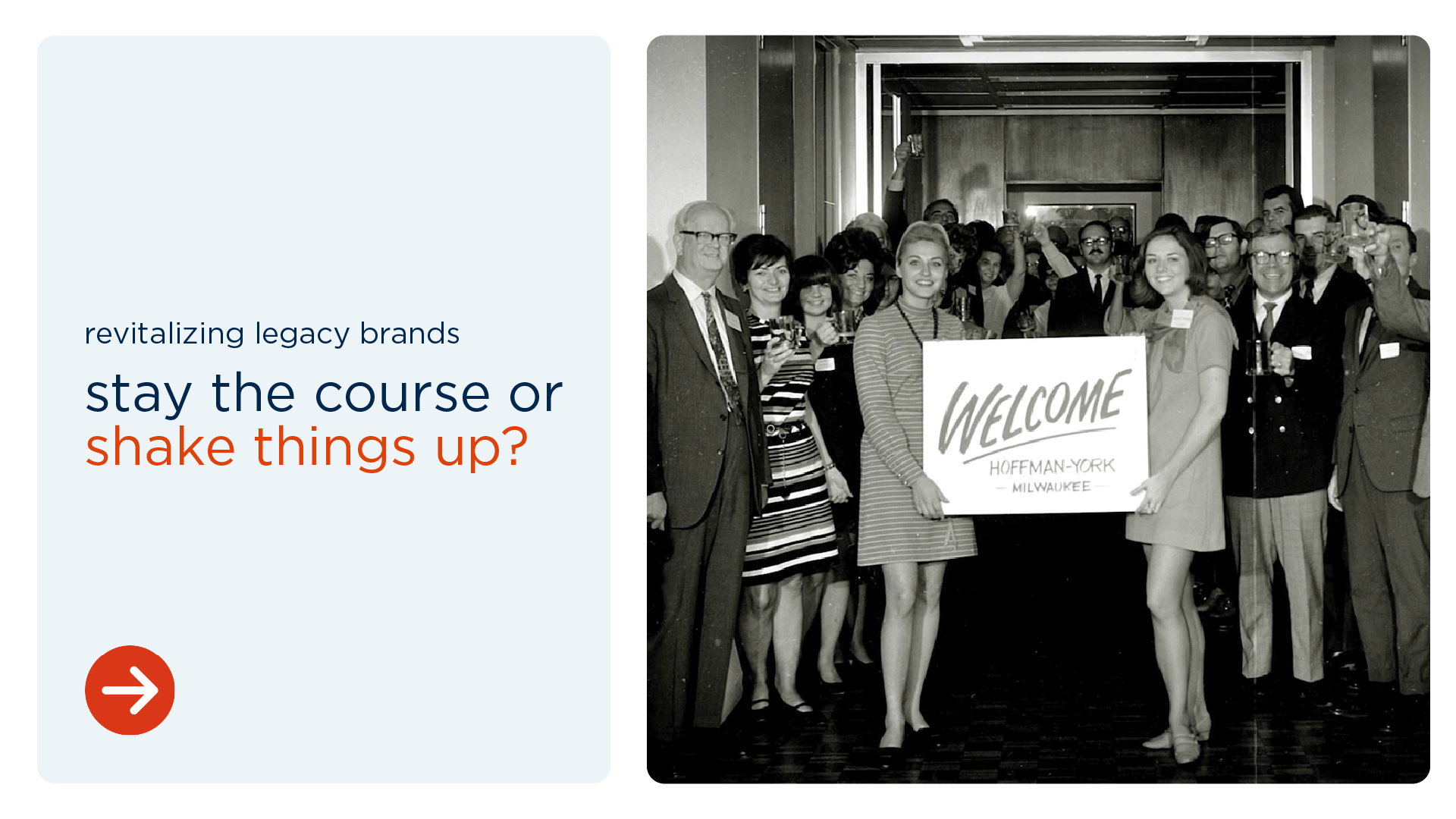A Successful NIL Marketing Partnership Starts with These 5 Things
April 18, 2025
With another college basketball season behind us and the NFL draft upcoming, we’re reminded of the power of the college athlete. We’re talking about the players and prospects who continue to see their earning power grow thanks to NIL rule changes that allow them to receive financial compensation. Among the high earners this year were college football’s Arch Manning, who received $6.7 million, and college basketball’s Cooper Flagg, who took in $5.9 million (source). And to think it’s only been a handful of years since athletes have been able to get paid by schools, donors and brands.
For brands hoping to get in the game, there’s a lot to consider—a player’s worth, credibility, following, location, fit, etc. But fear not. If you’re concerned that you’ll need millions to strike a deal, keep in mind that the average college athlete, even ones with decent social followings, earn just over $21,000 (source) and would be excited to work with your brand.
We’ve had the privilege of working with several college athletes over the last four years, and with great success. We’ve also learned things along the way to help any brand navigate this new and ever-changing landscape of NIL deals.
What is NIL Marketing?
In the world of collegiate athletics, NIL stands for Name, Image, Likeness. In a nutshell, it gives college athletes the right to be financially compensated for promoting a brand’s products or services. While that might seem straightforward, it can get complicated when you take into account the rules at the team, conference and state levels. Oh, and there are also rules around how much of the athlete’s image you can promote. For instance, if you’re partnering directly with an athlete, that does not give your brand the right to use their school, the NCAA or any other entity in your promotions.
Make sure to consider these five things before your brand partners with a college athlete.
1. Audience & Content
One of the most common ways your brand can work with a college athlete is by having them post about you on their social channels. Social media is also one of the best ways to determine a player’s value as you can find metrics on their following, audience, content and how often they post. And while it’s easy to get caught up in their social media following, do not forget about engagement level. This is often a better predictor of success as it speaks to the true influence the athlete has on their followers. We like to start with an influencer database tool to dig into these social metrics and compare them to other influencers of similar size. You can also look at where their followers are from.
As you build your list of potential athletes to work with, check their social feed to see what brands they work with and if they’re promoting too many. Be wary of athletes that push a lot of products or services as it could dilute the effectiveness of your brand partnership. Also check to see if they’ve recently worked with any competitors. If they have partnered with another brand in your category in the past six months, find out if they are still under contract with them. And before you finalize your next contract, protect your brand by including an exclusivity clause that prevents them from working with any competitors during your campaign.
2. Credibility & Personality
It’s important to remember that these college athletes are young. And some are more mature than others. To gauge whether an athlete is a risk, monitor their social feed to see what they’ve posted over the last few years. You can also use media monitoring tools such as Cision to find news stories on the athlete. This is helpful for understanding how they come across in interviews and identifying whether they’ve received any disciplinary actions or citations that may give you pause.
Personality matters, especially when you have a specific story you’re trying to tell. For our client Wahl Clipper, we created a campaign called Who’s Got Your Back? We showed how linemen have their quarterback’s back in more ways than one and then invited followers to share who has their back for a chance to win Wahl grooming tools. We worked with quarterbacks/linemen from Clemson, Ohio State and Wake Forest, each player had a great attitude and was engaging on camera. Content included videos of the linemen cutting the back of their quarterbacks’ hair using Wahl hair clippers.
3. Restrictions
As mentioned, there are rules your brand must abide by when working with college athletes—based on their team, conference they play in and state. For instance, the team may have set days and times when they allow their athletes to partner with brands. In fact, many teams limit or prohibit their athletes from doing promotional work for brands in season and leading up to and during playoff competition. Like professional athletes, their sport and team are their #1 priority, and they might not have the time to dedicate to your brand.
Another related consideration is their commitment to their university. Due to the financial freedoms of NIL and the NCAA Transfer Portal, we’re seeing a shift like never before in highly recruited college athletes moving from school to school. If your campaign is tied to a particular region, you’ll want to know whether there’s a chance the athlete may switch schools during your campaign. If you’re unsure, you can always add a clause in the contract that allows you to void the partnership if this happens.
4. Production
If you’re relying on the athlete to create and post content representing your brand, you should know whether they have production capabilities or if you’ll need to provide a crew to produce the content yourself. You’ll also need to know where they’ll be when you’re planning to shoot and if they have other obligations that will impact the schedule. If you’re planning to involve any of their teammates, you’ll need to work that out with those players or their agents ahead of time.
5. Regional vs. National
If you’re hoping to get national attention for this partnership, you’ll need to take this into account when choosing your athlete. The bigger the name, the more national appeal and awareness you’ll get. But that also means a higher price tag. Not to mention their time will be limited and may cause scheduling challenges. Another option is to work with multiple athletes in multiple markets. While each may have a smaller following and only regional appeal, the totality of people reached in various markets may be similar or even greater than what you can achieve with one bigger name player.
Summary
The advent of NIL has opened a world of new possibilities for brands looking to partner with college athletes. With the number of teams and sports to choose from, there’s an endless list of potential prospects. But finding, vetting and figuring out how to best work with them requires vision and a certain level of patience and expertise. If your brand is looking to work with a college athlete now or in the future, we can help. Our team of experts can identify the right partnership and execute a contract and campaign that delivers the results you’re looking for.
About the Author




